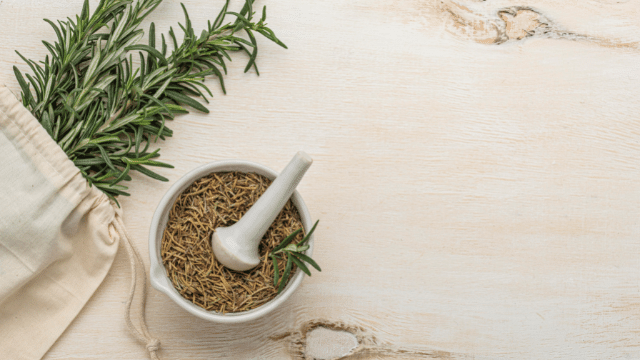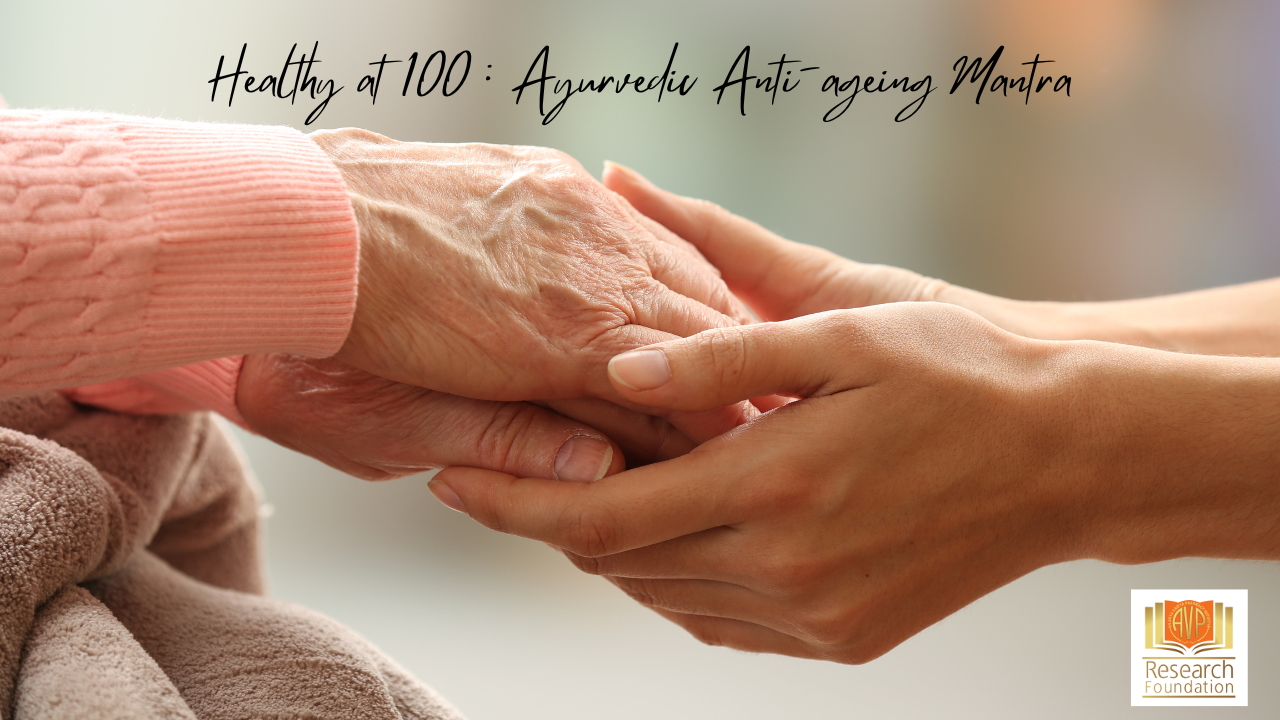Urinary incontinence means a person leaks urine by accident. Loss of bladder control varies from a slight loss of urine after sneezing, coughing, or laughing, to a complete inability to control urination. It is also known as an overactive bladder. Though it can happen to anyone, urinary incontinence is more common in older people, especially women. Bladder control issues can be embarrassing and cause people to avoid their normal activities. Incontinence occurs in more than half of community-dwelling women of 45 years old and older. Almost one in five women in the community reports UI that affects their daily activities.
Urinary incontinence is usually caused by problems with the muscles and nerves that help the bladder hold or pass urine. Certain health events unique to women, such as pregnancy, childbirth, and menopause, can cause problems with these muscles and nerves. Urinary incontinence can also have causes that aren't due to underlying disease. Examples include intoxication, unavailability of bathrooms, coughing, sneezing, extreme anxiety, or intense laughter.
Ayurveda explains the main cause of all urinary disorders as Mutra Vega Dharana i.e. avoiding the urge of micturition. When UI arises in late 50’s of life, it is mainly due to Vata Pradhanata in Jara Awastha i.e. due to Vata Dosha dominance in old age. Significant weight gain can weaken pelvic floor muscle tone, leading to urinary incontinence. Losing weight, a healthy diet, exercising, and avoiding alcohol and caffeine are helpful lifestyle changes in urinary incontinence.
The complementary behavioural intervention that may offer therapeutic benefits for urinary incontinence is exercise and Yoga. Pelvic floor exercises (Kegel exercises) can help strengthen the muscles of the pelvic floor that support the bladder and close the sphincter. Bladder training can help patients learn to delay urination. Pelvic Floor Yogic Exercise (PFYE) is a very effective method for restoring urinary incontinence.
Yoga postures like Tadasana (mountain pose), Utkatasana (chair pose), Trikonasana (triangle pose), Malasana (squat pose), Viparita Karani Variation (legs up the wall pose), Salamba Set Bandhasana (supported bridge pose), Supta Baddha Konasana (reclined cobbler’s pose), and Savasana (corpse pose) are very useful in urinary incontinence in women.
Along with this behavioural intervention, other management therapies like Snehana-Swedana Karmas, Basti procedures, Uttarabasti procedure, and a wide range of internal medicines are mentioned in Ayurveda for the management of this health condition.
For Ayurveda consultation, feel free to contact us. We are available at your services at AVPRF as well as online.
Author:
Dr. Jalpa A. Gandhi
Consultant Physician (Gynec and Obs.)
AVPRF










.png)


.png)
.png)
.png)
.png)
.png)
